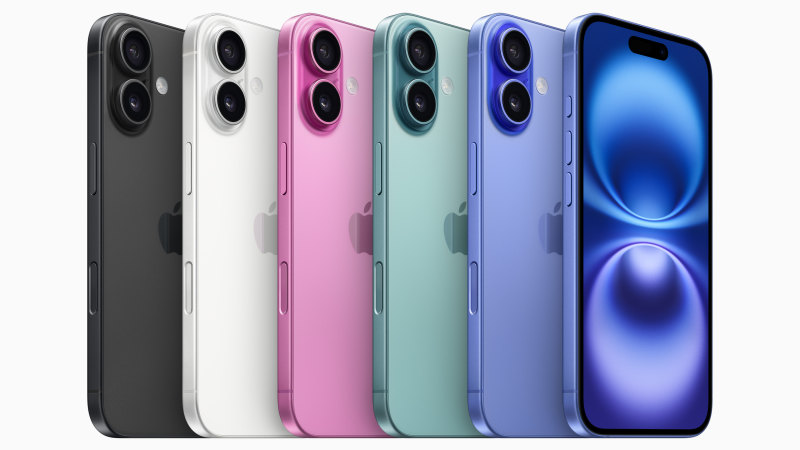
Throughout the year, Apple’s 2024 smartphones have been anticipated as the company’s big leap into generative AI. Apple itself has presented them as such, even marketing them with the phrase “Hello, Apple Intelligence”. But while the iPhone 16 and 16 Pro may have the neural cores inside to power potential AI features, the features themselves (including a revamped Siri, notification summaries and ChatGPT integration) are still to come.
Australians will start to get these features in December, with most of them waiting until next year. Yet while we can’t evaluate the AI experience just yet, it turns out the new phones do pretty well without it. With powerful innards, fresh cameras, new buttons and great looks, they’re the most impressive iPhones in years, with or without AI.

Some years, the standard iPhone feels like reheated leftovers from the previous Pro device, but this year, it’s a legitimate powerhouse with little to complain about. And, assuming you care what your phone physically looks like, that starts with an incredible colour selection. The pink and teal in particular are so bold and saturated, with the backs matched perfectly to the metal frames, that it’s practically criminal to put a non-clear case on one.
Inside, the A18 chip is a leap ahead of the A16 Bionic in last year’s device and, in almost all situations, gives the same performance as the more powerful version in this year’s Pros. All manner of high-end apps are no problem, including the smattering of console-level games now on iPhone, and you also get support for Wi-Fi 7. Even when I pushed them hard during testing, the iPhone 16s tended to make it through the day with quite a bit of battery left (though I did get one down to 5 per cent with a lot of gaming).
These are the best-looking iPhones in years. Credit: Tim Biggs The new phones inherit the Action Button from last year’s Pros, which is a useful way to turn on the torch, start a voice recording, initiate a translation or start any app, shortcut or control centre toggle you like. Or, you can leave it on the default, and it will act like the old ringer switch.
More interesting, though, is the “Camera Control” zone now on the phone’s right side. This button is within reach of your thumb in portrait orientation and your index finger in landscape, the idea being to give you control over the camera without needing to touch the screen. It’s touch and pressure-sensitive, so a light press activates it, a double press changes tools, and you adjust the settings by scrolling.
It takes some getting used to, and I don’t think it feels as intuitive as using the screen, but it is handy to be able to zoom or play with exposure without putting your fingers in the way. In addition to being capacitive, though, it also functions as an actual button; click it, and you’ll take a photo. This is where my major issue with the setup comes in, however, because I just find it too difficult to press.
Activating the button with my index finger invariably causes the camera to move, and the more careful I am, the more likely I am to accidentally zoom, so I ended up using the Camera Control for tools and the touchscreen shutter to take photos..













